A new entrant to the hype curve, electric vehicles are displaying an accelerated growth pattern with the on-going zero-emission moves. Globally, the number of electric vehicles on the road might reach 125 million by 2030. As Governments amplify their efforts to rally EV adoption, this figure might go up to 220 million. Continuous developments in enhancing battery life and efficiency is enabling a wide range of business and personal uses. This helps to reduce vehicle costs and improve the travel range.
The International Motor Show 2019 held between 12th to 22nd September focused on the theme of electric and electrified cars. Audi introduced their new generation of the RS 6 and RS 7 and taking a lead with its multipronged approach to go electric. Electric passenger vehicles grab huge attention with commercial vehicles following closely.
EV Adoption
People’s thirst for environment protection, especially the millennials and their concern for making the environment better for their predecessors is taking EV to the mainstream. This mindset is attracting electric cars with zero emissions. The younger generation is valuing a product that is sustainable and environment-friendly and are ready to pay more.
 The EV market will become the game-changer soon and contribute to more than 2.5 per cent of the car market globally. The early adopters are taking charge and building the momentum way before adorning the mainstream status to electric cars. The infrastructure will also be converted with petrol stations proposed to be replaced with charging stations. Plugs will be installed at convenient places and easily accessible.
The EV market will become the game-changer soon and contribute to more than 2.5 per cent of the car market globally. The early adopters are taking charge and building the momentum way before adorning the mainstream status to electric cars. The infrastructure will also be converted with petrol stations proposed to be replaced with charging stations. Plugs will be installed at convenient places and easily accessible.
EV coupled with Automation
Electric cars are also equipped with new driving assistance technologies connecting the driver with other vehicles on road, maneuvering into the parking space, pedestrian alerts to name a few. Advancements in sensing technologies, vehicle connectivity, and AI are taking autonomous vehicles to the market.
There is close collaboration between automation and electrification. Commercial fleet applications are favoring powertrains reducing the operational and maintenance costs including the EVs. Automation is easier to be implemented in EVs given the huge number of drive-by-wire components.
Conclusion
EMA’s engineering capabilities help automakers to reinvent their business along the inevitable transition. EMA solutions can be customized for specific needs such as enhancing efficiency of powertrain features.







